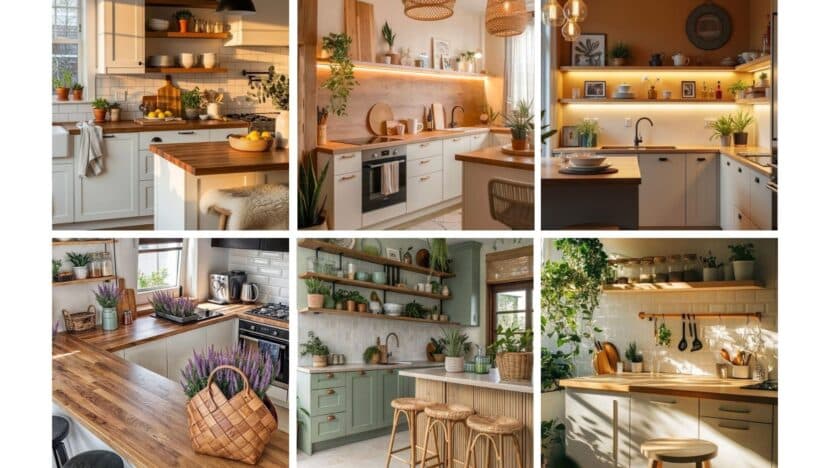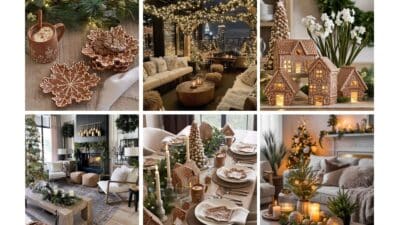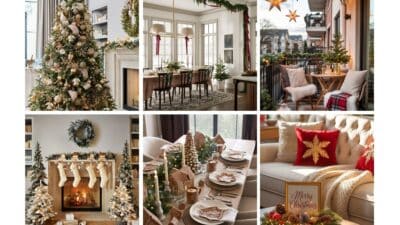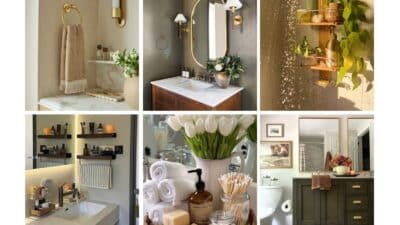Refreshing your kitchen doesn’t always mean a full remodel. Small updates like new cabinet facades, a fresh coat of paint, or swapping out hardware can completely change the look and feel of the space. You can give your kitchen a modern, inviting update with simple changes in facades, colors, and styles that fit your taste and budget.
Color trends in 2025 highlight warm tones, natural textures, and bold contrasts that add character without overwhelming the room. Updating your palette with these shades sets the mood and makes the space feel more personal. Pairing the right colors with thoughtful style choices creates a kitchen that feels both functional and stylish.
Exploring different styles, from sleek modern layouts to cozy traditional designs, helps you decide what fits your home best. Add statement features like a striking backsplash or a well-placed island, and finish with lighting or seating that ties everything together. These details ensure your kitchen feels refreshed and ready for daily use.
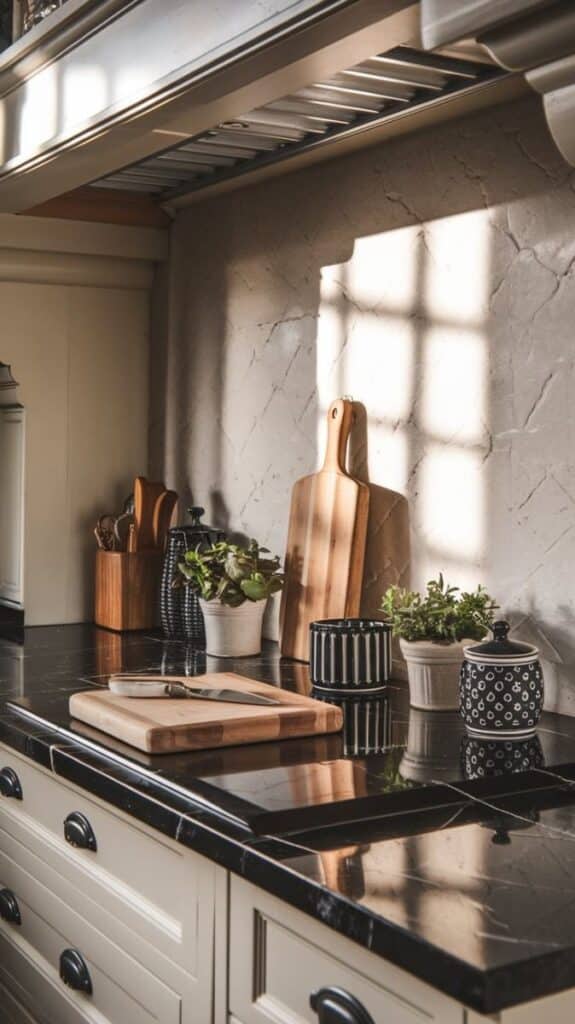
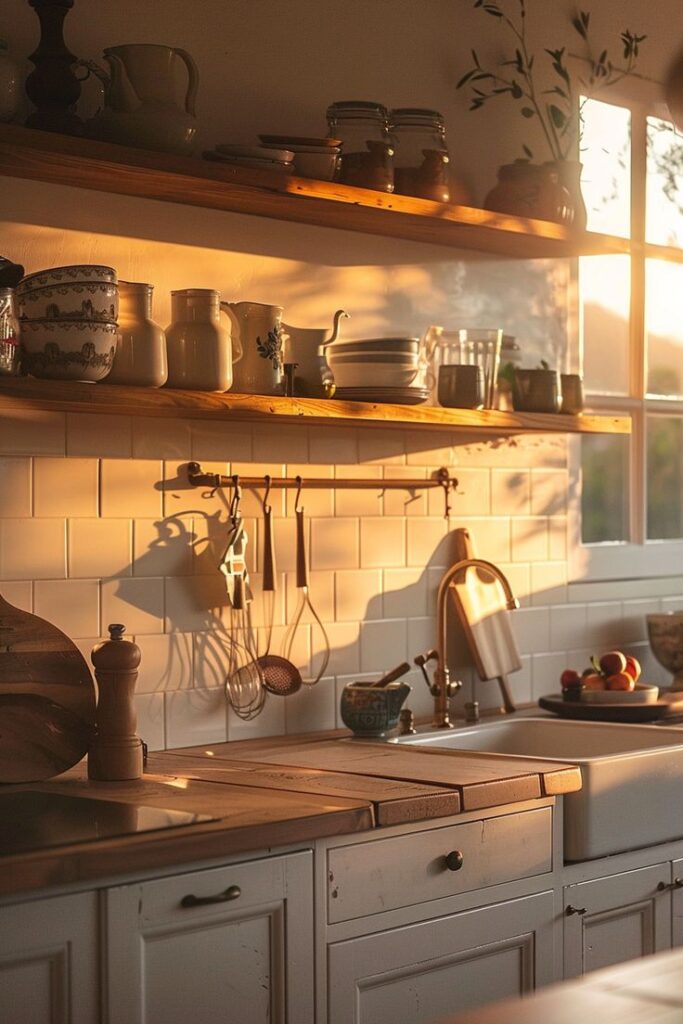
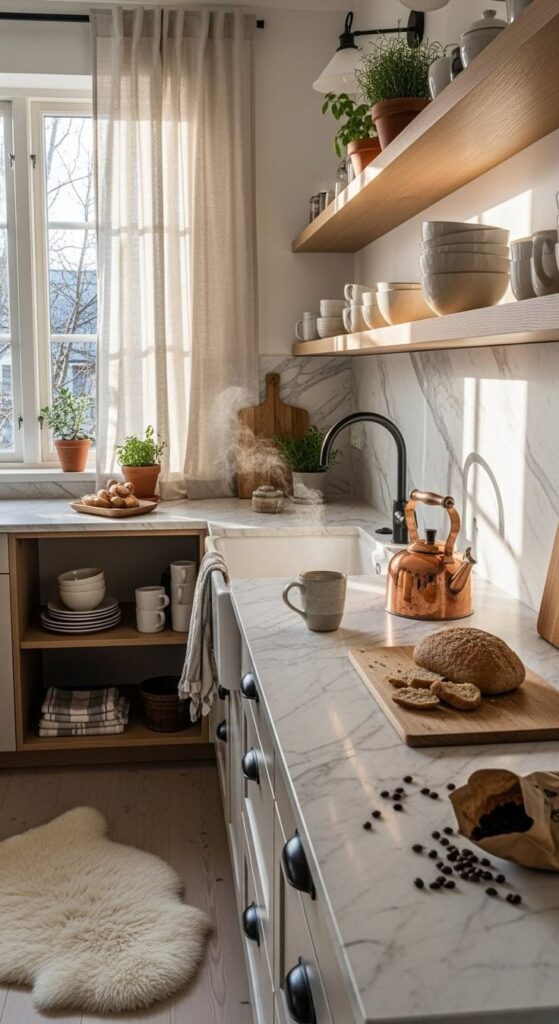
Key Takeaways
- Small updates create a big impact on your kitchen’s look
- Color and style choices set the tone for the space
- Finishing details bring the design together seamlessly
Refreshing Kitchen Facades: First Steps to a New Look
A kitchen refresh often starts with the surfaces you see every day. Updating cabinet facades, finishes, and shelving can change the entire feel of your kitchen design without requiring a full remodel. Small choices in materials, colors, and layout can make a dated space look modern and functional.
Choosing Between Cabinet Refacing and Replacement
Cabinet facades set the tone of your kitchen. If your cabinet boxes are sturdy, refacing lets you keep the structure while replacing only the doors, drawer fronts, and hardware. This option costs less than full replacement and gives you flexibility in colors, finishes, and styles.
If your cabinets are damaged, poorly laid out, or don’t meet your storage needs, replacement may be the better route. New cabinets allow you to redesign your layout, add deeper drawers, or integrate modern storage solutions like pull-out trays.
Here’s a quick comparison:
| Option | Cost Level | Time Needed | Best For |
|---|---|---|---|
| Refacing | Lower | Faster | Strong boxes, cosmetic update |
| Replacement | Higher | Longer | Layout changes, damaged cabinets |
Both choices can improve your kitchen design, but your decision depends on budget, condition, and how much change you want.
Modern Facade Materials and Finishes
Today’s kitchen ideas go beyond traditional wood. Laminate, thermofoil, and acrylic facades offer smooth, easy-to-clean surfaces in a wide range of colors. High-gloss acrylic creates a sleek, modern look, while matte finishes feel more subtle and contemporary.
Wood veneers remain popular if you want warmth and natural texture. You can choose light oak for a Scandinavian style or darker walnut for a more classic tone. Painted MDF is another cost-effective option that allows you to explore bold colors like navy or muted shades like sage green.
Mixing finishes has also become a trend. For example, pairing matte black lower cabinets with natural wood uppers adds contrast without overwhelming the space. This approach lets you balance style with function.
Incorporating Open Shelving for Style and Function
Open shelving can replace some upper cabinets and help your kitchen feel lighter. It works well in smaller spaces where closed cabinets may feel bulky. Shelves also let you display everyday items like plates, glassware, or cookbooks in an accessible way.
Choose sturdy materials such as solid wood or metal brackets, and keep shelves at a practical height. Limiting them to one wall or a small section avoids clutter while still giving you the open look.
To keep the design cohesive, match shelf finishes with your cabinet facades or hardware. For example, white shelves paired with brushed gold brackets can tie into a modern kitchen style, while natural wood shelves complement painted cabinets. This creates both visual interest and functional storage.
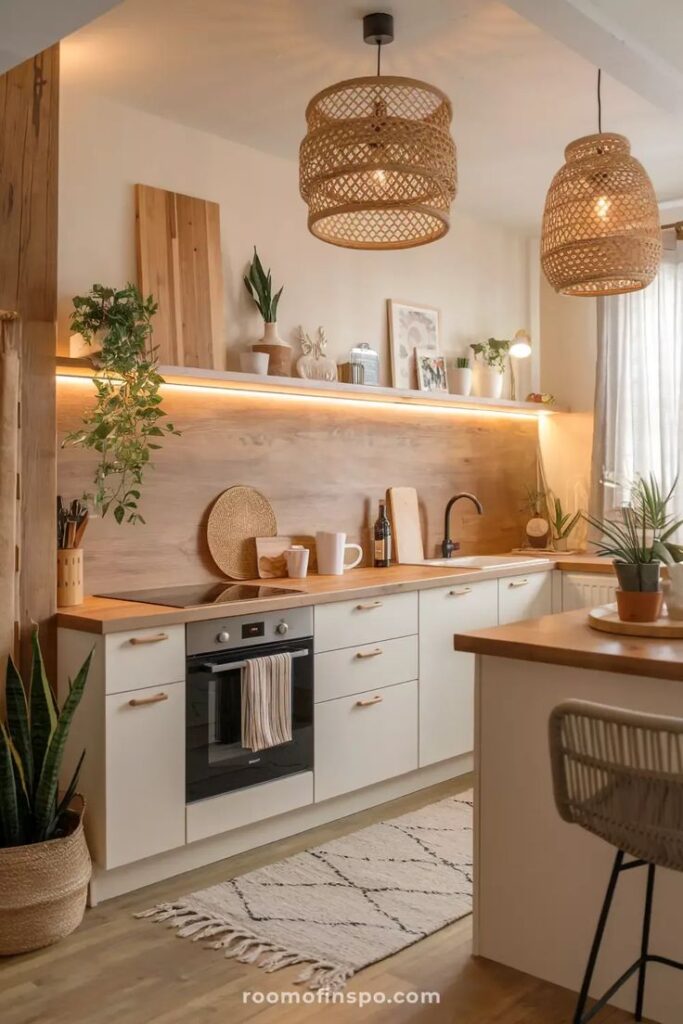
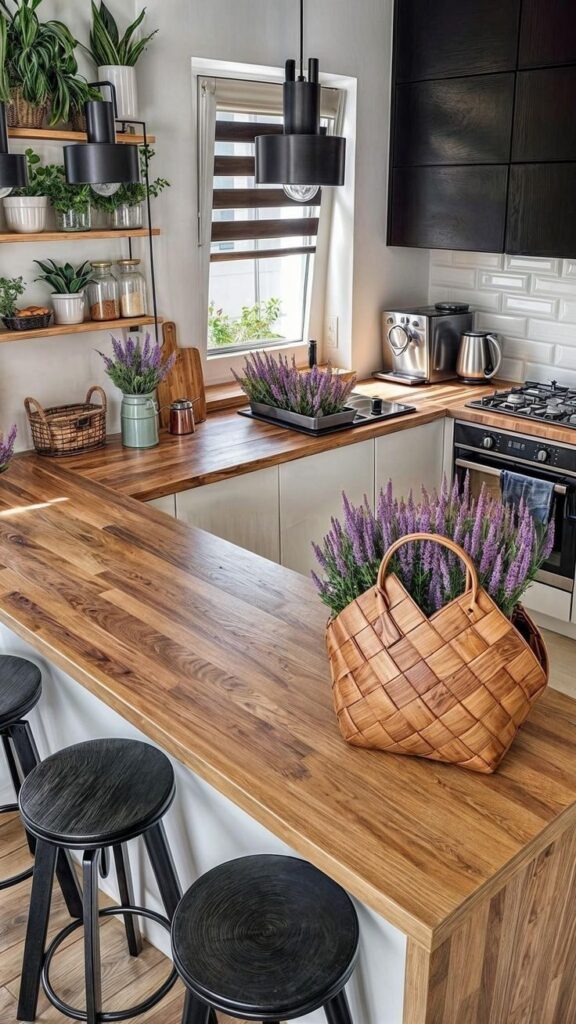
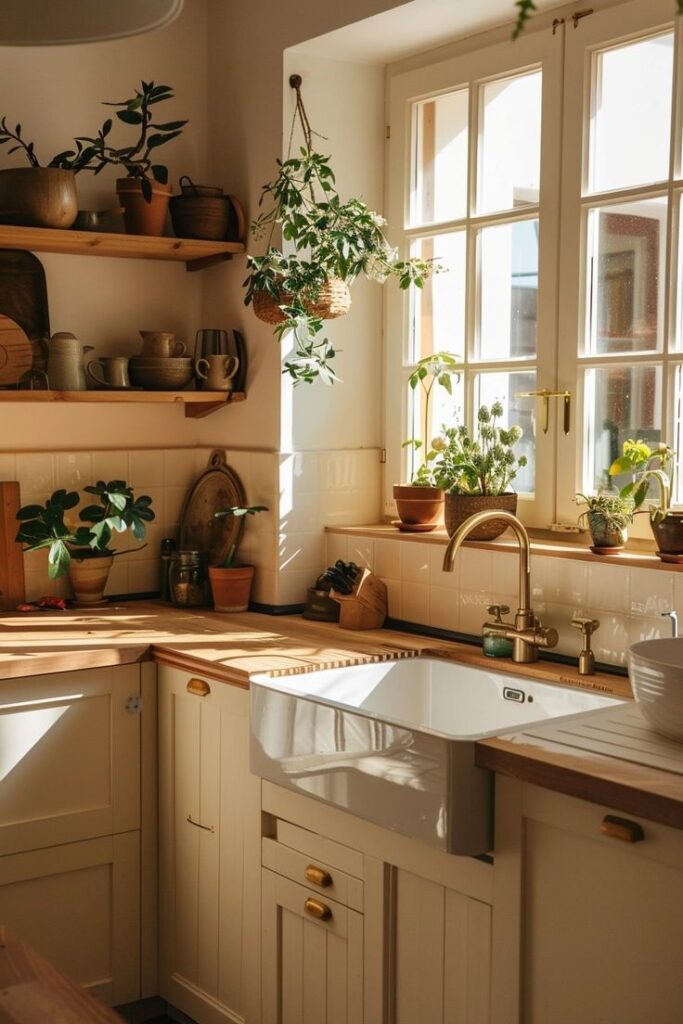
Trending Kitchen Colors: Setting the Mood
Color choices play a major role in how your kitchen feels and functions. The right palette can make your space appear brighter, cozier, or more modern, while also reflecting your personal style in a practical way.
Popular Color Palettes for 2025
Designers are leaning toward soft neutrals with warmth, moving away from stark whites. Shades like antique white, creamy beige, and oatmeal tones create a calm backdrop that works well with both modern and traditional kitchen design. These hues feel timeless and make it easier to mix in wood finishes or textured surfaces.
At the same time, earth-inspired colors are gaining traction. You’ll notice more muted greens, clay reds, and sandy taupes that bring a natural balance to the room. These tones pair especially well with stone countertops, matte hardware, and open shelving.
For those who want a fresher look, pale yellows and soft blues are also appearing in cabinetry and wall finishes. They add subtle color without overwhelming the kitchen, making the space feel welcoming while still contemporary.
Bold vs. Neutral Choices
If you prefer a vibrant kitchen, bold colors like deep navy, forest green, and even rich burgundy are being used on cabinets and islands. These choices add depth and personality, especially when balanced with lighter countertops or backsplash tiles.
On the other hand, neutrals remain popular for their flexibility. A warm gray or creamy taupe allows you to change accents and décor more easily without repainting. Neutral kitchens also tend to feel more open and work well in smaller spaces where darker colors might feel heavy.
A useful approach is to combine the two. For example:
- Neutral walls with a bold island
- Light cabinetry with darker lower cabinets
- Soft beige paired with a deep accent shade
This balance gives you character without overwhelming the design.
Accent Walls and Color Blocking
Accent walls are making a comeback in kitchen design. Painting one wall in a contrasting shade—such as terracotta, sage, or charcoal—creates a focal point without committing to full-room color. This works especially well behind open shelving or near dining nooks.
Color blocking is another way to bring interest. You might paint upper cabinets in a lighter tone and lower cabinets in a darker shade, or use different finishes on the island and perimeter cabinetry. This layered look adds dimension and keeps the eye moving.
You can also use backsplash tiles to introduce color blocking. Combining neutral cabinetry with patterned or colorful tiles gives your kitchen a modern refresh while keeping the design grounded. This approach works well if you want a change that feels bold but still manageable.
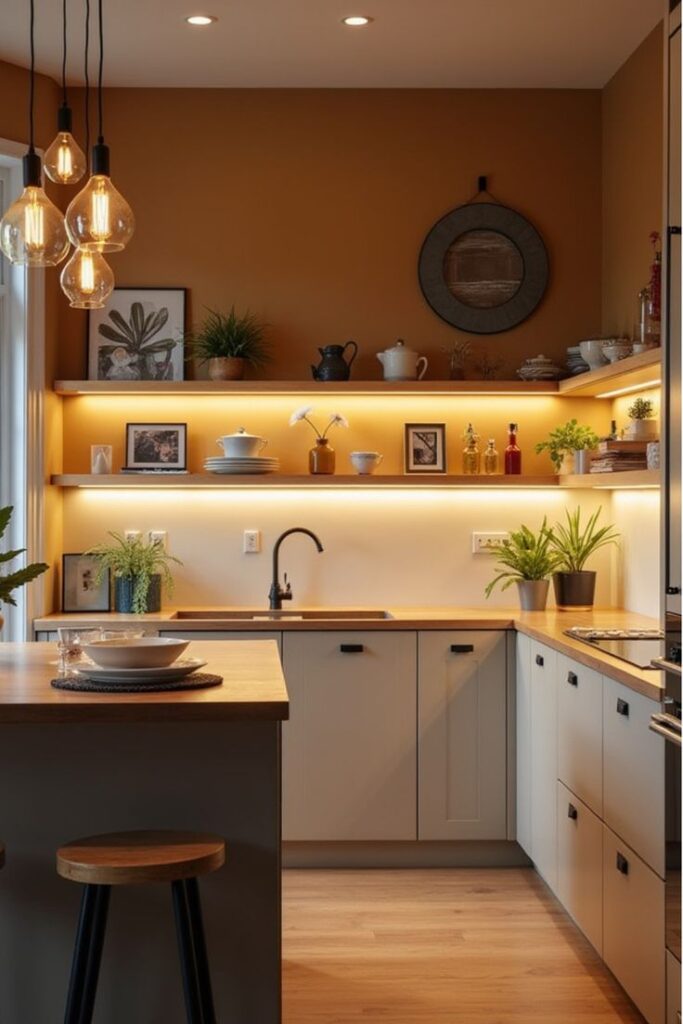
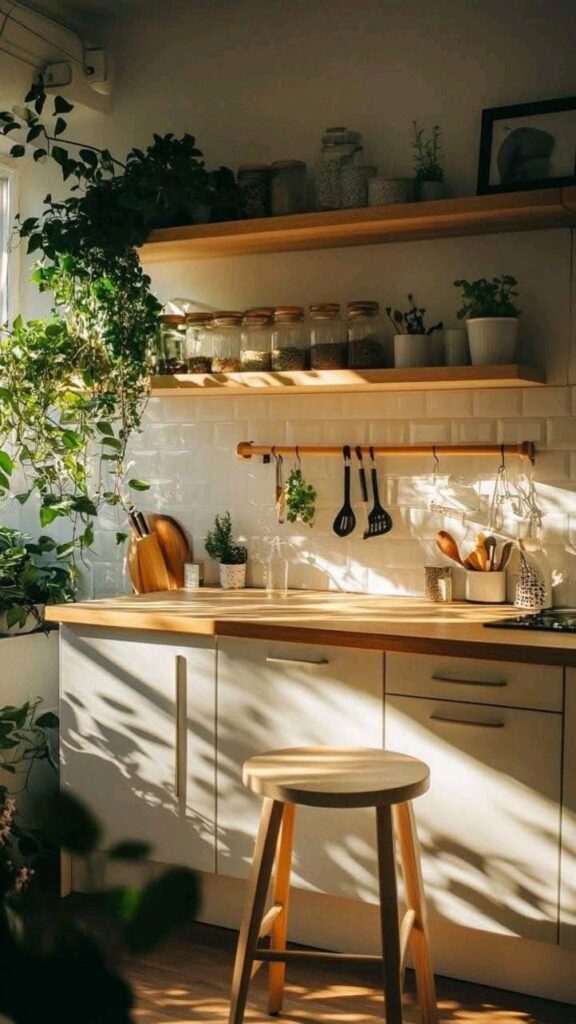
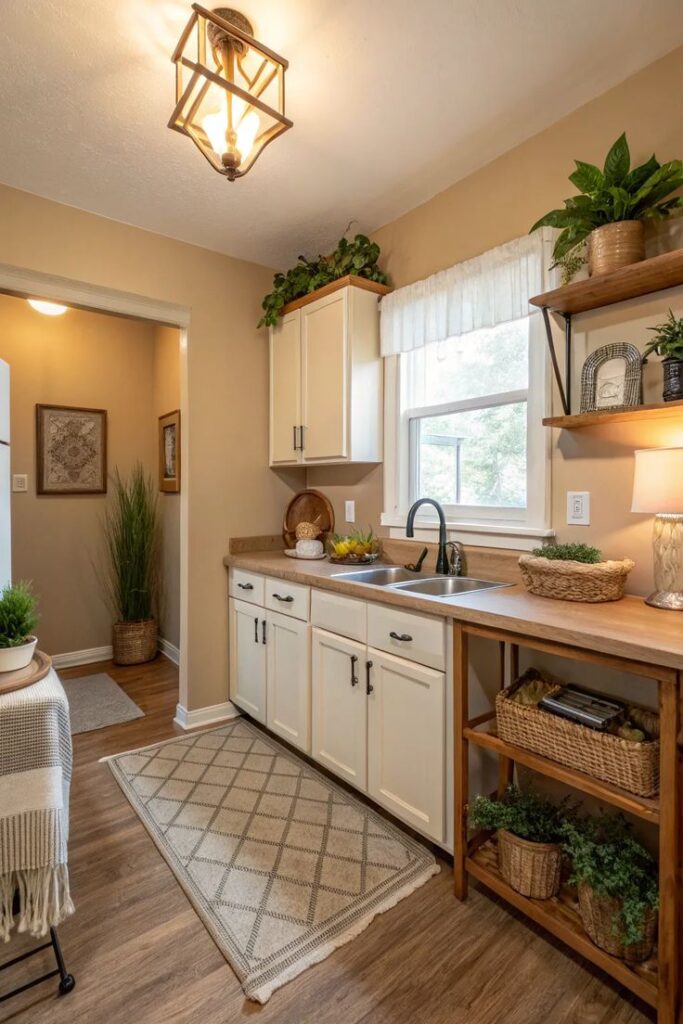
Exploring Kitchen Styles: From Classic to Contemporary
When you update your kitchen design, the style you choose shapes how the space feels and functions. From sleek modern layouts to rustic farmhouse details, each approach offers distinct materials, colors, and layouts that can work in both small and open-concept kitchens.
Modern Minimalism and Clean Lines
A modern minimalist kitchen focuses on simplicity, efficiency, and uncluttered surfaces. You’ll often see flat-panel cabinets, hidden hardware, and an emphasis on smooth finishes. Neutral tones like white, gray, and black dominate, but you can add warmth with natural wood or a muted accent color.
Lighting matters in this style. Recessed ceiling lights or slim pendant fixtures keep the space bright without adding bulk. Open shelving or glass-front cabinets can also break up the uniform look while keeping storage functional.
For countertops, quartz and concrete remain popular because they pair durability with a clean appearance. In an open-concept kitchen, this style works especially well since it blends seamlessly with living areas and avoids visual clutter.
Key features to note:
- Flat-front cabinets
- Streamlined hardware or handle-free doors
- Neutral palette with subtle accents
- Integrated appliances and hidden storage
Farmhouse and Rustic Influences
A farmhouse-inspired kitchen highlights warmth, texture, and natural finishes. You’ll often find shaker-style cabinets paired with wood countertops or butcher block islands. Open shelving, apron-front sinks, and matte finishes give the space a casual and welcoming feel.
Color choices lean toward soft whites, creams, and muted greens or blues. Exposed wood beams, vintage lighting, or reclaimed flooring can add rustic charm without overpowering the room.
This style works well if you want a balance between function and character. It’s especially inviting in larger kitchens or open-concept layouts where the mix of wood and painted finishes helps define the cooking area.
Common farmhouse elements:
- Shaker or beadboard cabinetry
- Apron-front sinks
- Open shelving with practical storage
- Warm metals like brass or copper
Mixing Styles for a Personalized Space
You don’t have to commit to one design approach. Many homeowners create a transitional kitchen by combining traditional elements with modern updates. For example, you might pair classic shaker cabinets with sleek quartz countertops and stainless-steel appliances.
This mix allows you to keep the warmth of wood finishes while adding contemporary lighting or bold cabinet colors. Brass fixtures can soften modern surfaces, while vintage stools or pendant lights provide contrast.
If you’re working with an open-concept kitchen, blending styles can help the space feel connected to the rest of your home. The key is balance—choose one dominant style, then layer in complementary details.
Ideas for mixing styles:
- Modern cabinets with farmhouse lighting
- Neutral countertops with colorful island paint
- Rustic wood flooring with contemporary fixtures
- Blending matte and polished finishes for contrast
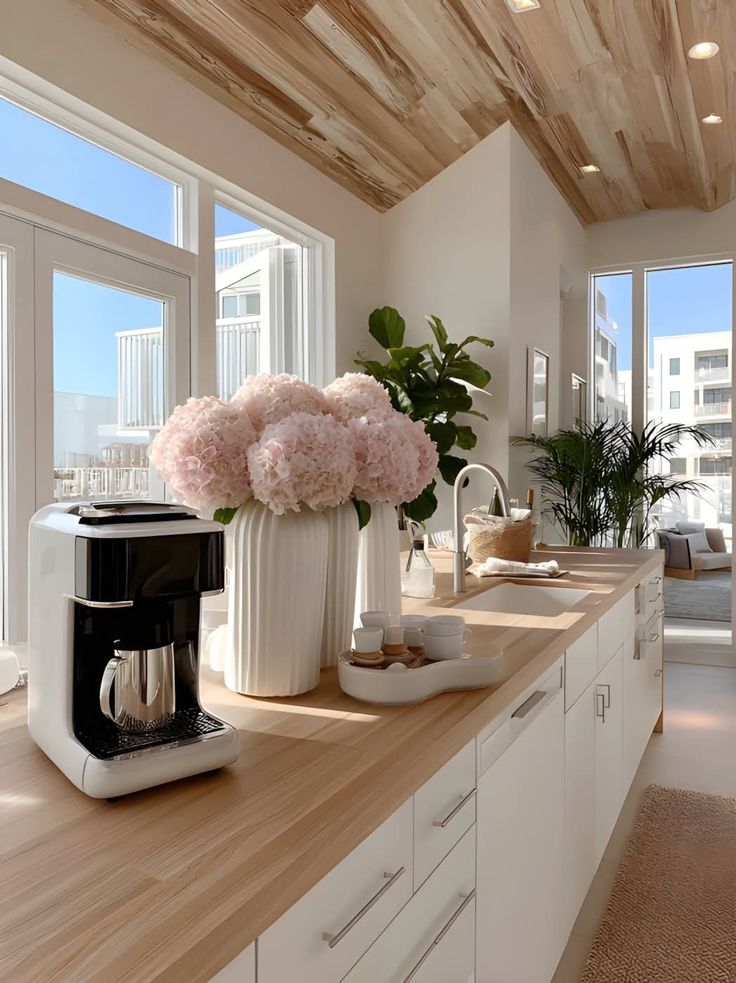
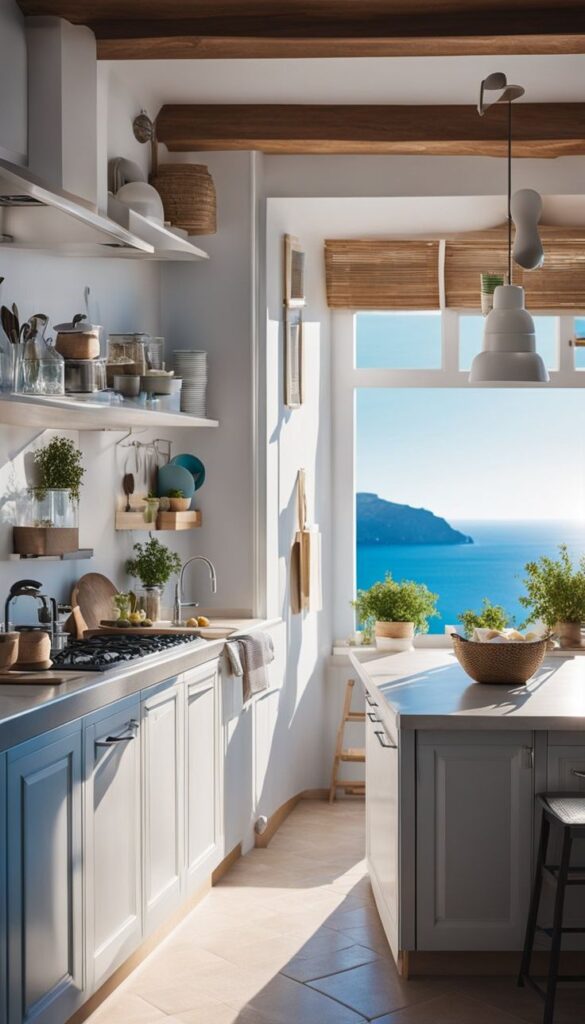
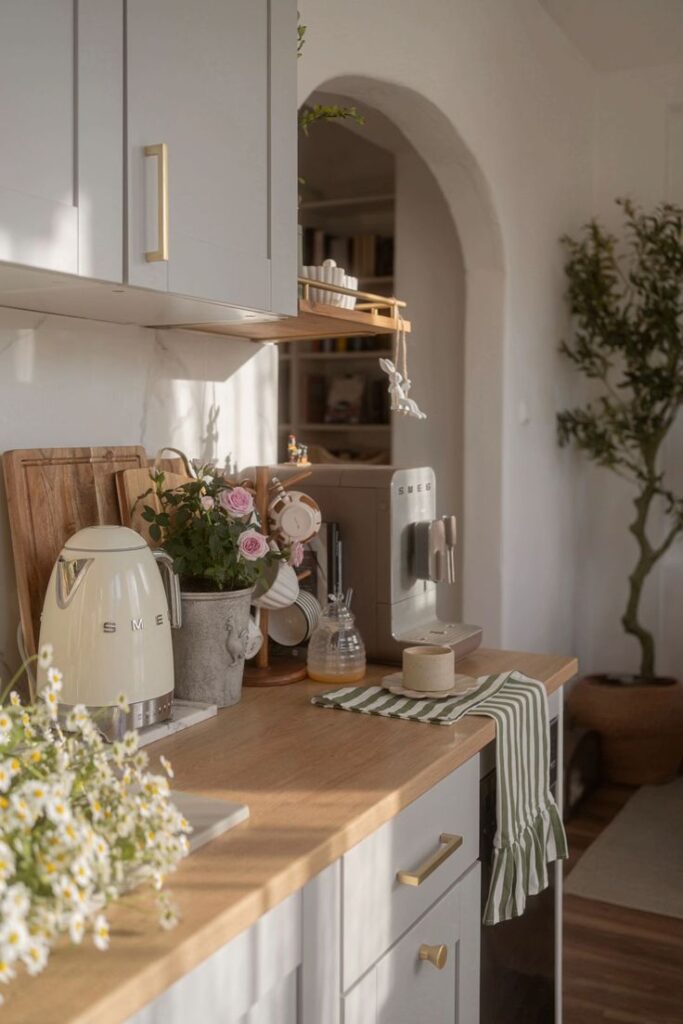
Statement Features: Islands, Countertops, and Backsplashes
Adding standout features to your kitchen can change how the space feels and functions. A well-designed island, durable countertops, and a backsplash with character each play a role in making the room both practical and visually appealing.
Kitchen Island Innovations
A kitchen island often becomes the center of activity, so its design matters. You can choose a waterfall island with stone extending down the sides for a sleek, modern look. If you need more seating, add an overhang with bar stools for casual dining.
Storage is another key benefit. Many islands now include deep drawers, pull-out shelves, or even built-in appliances like microwaves and wine fridges. This makes the island more than just a prep space.
Mixing materials can also give your island personality. For example, pairing a wood base with a quartz top creates warmth and durability. Lighting above the island, such as pendant fixtures, helps define the area and adds style.
Quartz Countertops and Other Surfaces
Quartz countertops remain a popular choice because they are low-maintenance, stain-resistant, and available in many patterns. You can find options with subtle veining that resemble marble or bold colors that stand out in a neutral kitchen.
Other surfaces worth considering include granite, butcher block, and solid surface materials. Granite offers natural variation, while butcher block brings warmth and works well for prep. Solid surfaces provide seamless joints and are easy to repair if scratched.
If you want a dramatic effect, a quartz waterfall edge on your island or perimeter counters creates a continuous flow of material. This detail works well in both modern and transitional kitchens.
Subway Tile Backsplash Ideas
A subway tile backsplash gives you a versatile backdrop that suits many styles. Classic white tiles laid in a horizontal pattern create a clean, timeless look. If you want more interest, try a herringbone or vertical stack layout.
You can also play with grout color. Dark grout highlights the tile grid and adds contrast, while light grout blends for a softer effect. Glossy finishes reflect light and brighten the space, while matte tiles give a more subtle appearance.
For a modern twist, consider oversized subway tiles or tiles in non-traditional colors like navy, sage, or charcoal. These small adjustments help your backsplash feel fresh without losing its simple charm.
Finishing Touches: Hardware, Lighting, and Seating
Small details like handles, light fixtures, and seating can make your kitchen feel finished and functional. These updates don’t require major construction but still influence how you use and enjoy the space every day.
Choosing Cabinet Hardware and Fixtures
Cabinet hardware is one of the easiest upgrades you can make. Swapping out knobs and pulls gives your kitchen an instant refresh without replacing the cabinets themselves. Popular finishes include matte black, brushed nickel, and brass, each creating a different look depending on your cabinet color.
For a modern style, choose slim bar pulls in stainless steel or black. If you prefer a traditional look, round knobs or ornate handles in bronze or brass work well. Mixing knobs on upper cabinets with pulls on lower drawers adds both function and variety.
Don’t overlook fixtures like faucets and sink accessories. A pull-down faucet in a matching finish ties the design together. Coordinating hardware and fixtures creates a consistent, polished appearance that makes the space feel intentional.
Lighting Trends for Kitchens
Lighting affects both style and usability. Start with layered lighting: recessed ceiling lights for general illumination, pendant lights over the island for task lighting, and under-cabinet strips to brighten work surfaces. This combination keeps the kitchen functional while adding depth to the design.
Pendant lights remain a popular choice for focal points. Clear glass shades keep the look light and airy, while metal or matte finishes create a bolder statement. Choosing the right scale is key—larger pendants work well over wide islands, while smaller fixtures suit compact spaces.
Warm LED bulbs are often preferred because they provide a comfortable glow without harsh tones. Dimmers give you flexibility, allowing bright light for cooking and softer light for dining or entertaining.
Bar Stool Styles and Materials
Seating at the island or breakfast bar adds both comfort and style. Leather bar stools are a durable and timeless option, available in colors like brown, black, or cream. They’re easy to wipe clean, making them practical for busy kitchens.
If you want a lighter look, consider stools with wooden frames and fabric upholstery. Metal stools with powder-coated finishes work well in modern or industrial spaces. Swivel bases and footrests improve comfort, especially if you use the island for meals or long conversations.
Think about height before buying. Counter-height stools (24–26 inches) fit standard kitchen counters, while bar-height stools (28–30 inches) suit taller surfaces. Matching stool materials with your hardware or lighting helps tie the entire kitchen design together.


